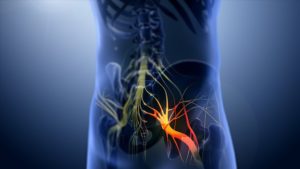
Piriformis Syndrome and the Sacroiliac Joint
Piriformis syndrome and the sacroiliac joint are intimately connected.
The piriformis muscle is one of three muscles that connect the legs to the spine. The psoas major and gluteus maximus are the others.
It attaches to the sacrum just below the sacroiliac joint so its tone, or lack thereof, is always going to affect the joint.
The sacroiliac joint is the place where the sacrum meets the hip bone.
The hip bone is composed of three bones – ilium, ischium, and pubis— that are separate at birth but fuse together in early childhood.
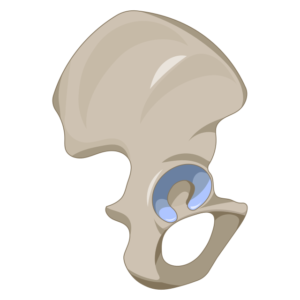
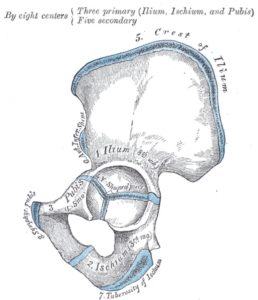
The sacrum is the triangular bone between the two hip bones (the sacrum is five separate bones at birth that later fuse).
It is both the base of the spine and the center of the pelvis at the back.
It fits between the two hip bones, connected by the sacrotuberous ligament. The sacrotuberous ligament also connects the pelvis to the legs and back.
The sciatic nerve runs down the leg and it takes shape in front of the piriformis muscle.
The pain of piriformis syndrome begins in the butt and often runs down the affected leg.
This muscle can press on the sciatic nerve creating the aforementioned pain.
Sacroiliac joint pain is as common, if not more common, than piriformis syndrome.
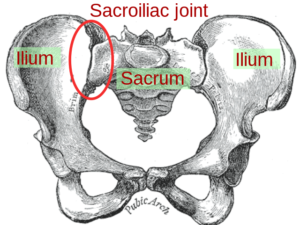
It can manifest in a number of ways. There can be a pulling sensation, a dull ache, or even a mild— or not so mild— burning feeling.
A tight piriformis muscle likely constricts the sacroiliac joint which brings with it its own special kind of misery.
The piriformis is a very tricky muscle. I meet very few people with happy piriformii.
The piriformis tends to be too tight or too loose and rarely finds the happy medium of good tone.
I fall into the weak piriformis category.
Piriformis Syndrome Is A Pain In The Butt
On the surface, it might seem that this is a positive.
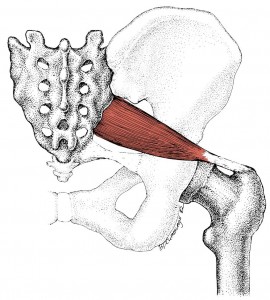
I have a killer first position for ballet and I can put my feet behind my head without any feeling of restriction.
I don’t feel anything at all in any pose that stretches the piriformis muscle.
This is because there is very little tone in my piriformis or my gluteal muscles (woe is me!).
It is almost impossible to disconnect the issues of piriformis syndrome and the sacroiliac joint.
Having trouble with one likely includes, or will lead to, trouble with the other.
Your posture is a great indicator of the relationship between piriformis syndrome and the sacroiliac joint.
Do your feet turn out when you stand and walk?
Habitual turnout is the modus operandi of both the weak and the tight piriformis which is the tricky part.
Everyone should stand and walk with relatively parallel feet which would indicate a balanced piriformis.
Instead, most people are turned out to one degree or the other which has affected the tone of the piriformis.
Piriformis syndrome is about more than just a tight muscle.
The muscle usually goes into spasm which is what causes it to press against the sciatic nerve and this can happen with a weak or tight piriformis muscle.
The key to understanding this is that the piriformis muscle in spasm is going to constrict the sacroiliac joint.
What this means is that you can have an unhappy sacroiliac joint without suffering from piriformis syndrome.
But pretty much any time you have piriformis syndrome the sacroiliac joint will be compromised.

